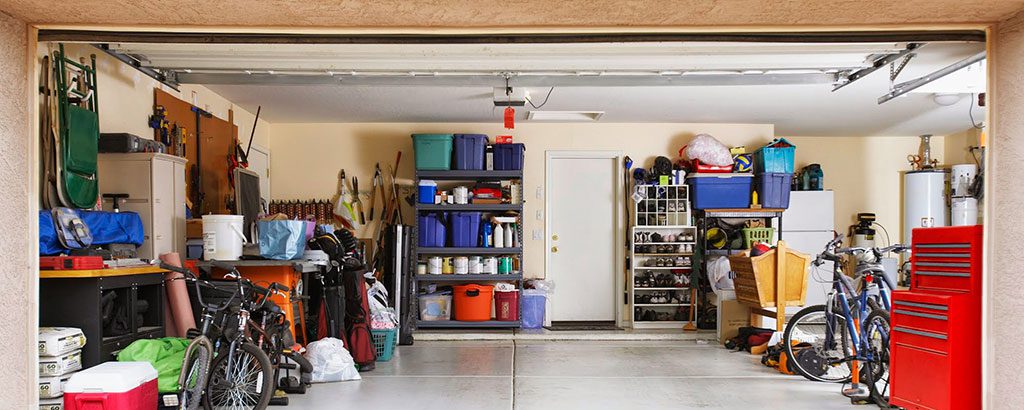4 steps to prevent garage fires

Garage fires spread farther and cause more injuries than fires that start anywhere else in the home, according to FEMA.
Garages often are full of paints, solvents, and other chemicals that will fuel a flame. Plus, they are generally home to tools and large appliances that can generate heat and ignite a fire.
Help prevent fires (and slow the spread if one occurs) by making safe choices:
Step one: Charge safely
Garage fires are most often caused by electrical malfunctions, typically due to damaged wires, shorts, and overloaded circuits. When charging tools, only plug one tool into an outlet at a time. Check your extension cords for damage before use, and never use an extension cord as a long-term power source.
Step two: Store safely
If you can, store oils, gasoline, and varnishes in a backyard shed, away from your home. If not, be sure these items are stored well away from appliances and tool chargers. Don’t leave oily rags lying around either. Store them in a well-covered metal can or hang them outside to dry before disposal.
Step three: Install a heat detector
Smoke alarms are not designed for use in garages. Instead, install a heat detector that will alert you when ambient temperatures reach a certain point, indicating a fire.
Step four: Upgrade construction
For attached garages, install a 20-minute fire-rated door between the garage and the house. Cover the wall that attaches to your home with ½-inch gypsum board. Do the same to the ceiling if you have living space above the garage.
And as always, it’s a good idea to keep a fire extinguisher in your garage, preferably close to an exit door.
This article provided by SECURA Insurance Companies, a Bolder Insurance partner.






